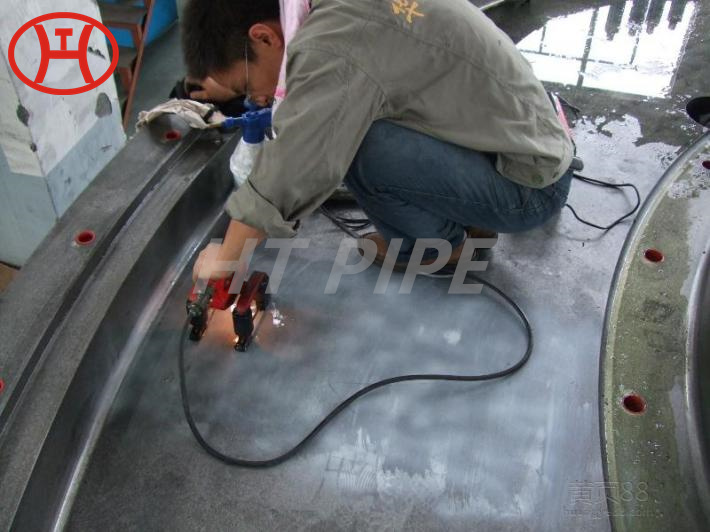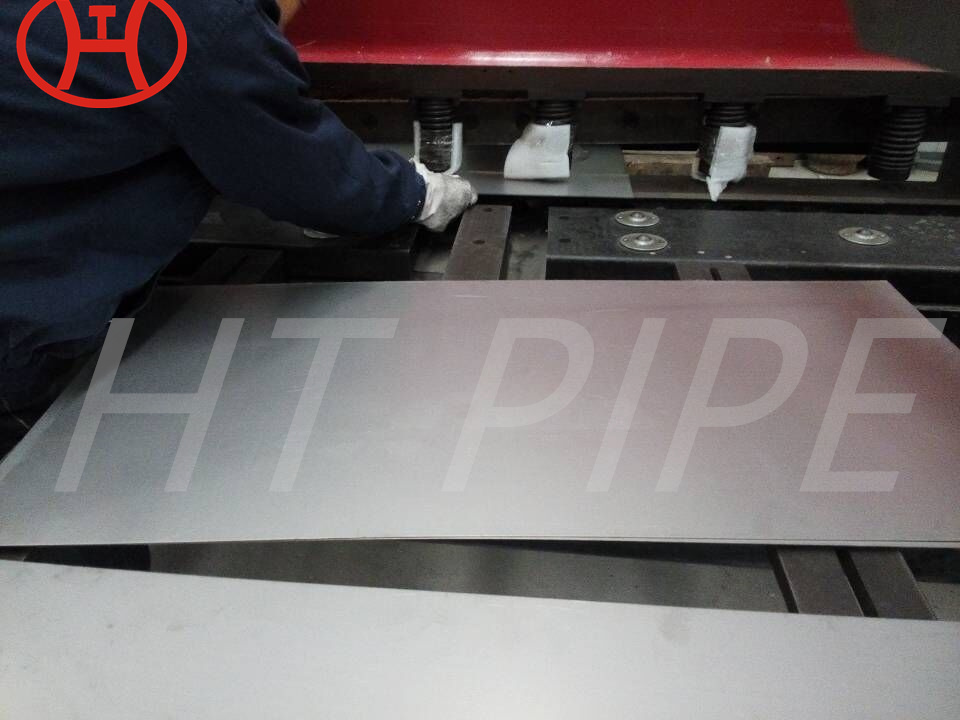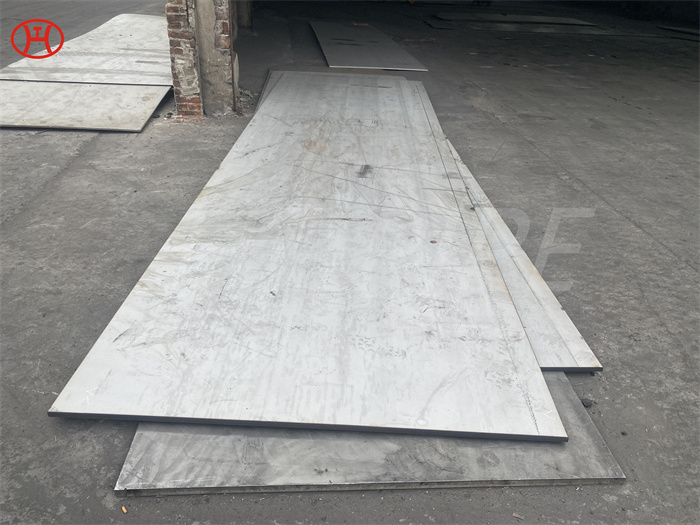UNS N02201 NW 2201 Nickel 201 2.4061 Nickel Alloy Steel Plate Sheet ASTM B162
Alloy 201 is a wrought commercially pure Nickel with a maximum carbon level of 0.02%. This alloy provides highly ductile mechanical properties across a wide temperature range.It provides corrosion resistance in neutral to moderately reducing environments.
Good resistance to corrosion in acids and alkalis and is most useful under reducing conditions.
Outstanding resistance to caustic alkalis up to and including the molten state.
In acid, alkaline and neutral salt solutions the material shows good resistance, but in oxidising salt solutions severe attack will occur.
Resistant to all dry gases at room temperature and in dry chlorine and hydrogen chloride may be used in temperatures up to 550C.
Resistance to mineral acids varies according to temperature and concentration and whether the solution is aerated or not. Corrosion resistance is better in de aerated acid.
Virtually immune to inter granular attack above 315C, chlorates must be kept to a minimum.





































